As I am sitting here writing, I look down at my feet and ankles. I am reminded how my body, and its parts have been shaped by life, as with all of us; what we have experience and done in our lives, how we were raised and where we have been, all shape every part of our bodies, whether we like to acknowledge it or not. Whenever I look down at my feet and ankles, physically I see the chronic swelling left behind from years of trying to fit into shoes that didn't fit. I might have mentioned it before, I grew up dancing classical ballet from the age of 5, at 12 started with rhythmic gymnastics, continued on with classical and contemporary dance till around 30, when I finally stopped dancing intensely. When I say, "shoes that didn't fit," I mean that physically and metaphorically.
I started pointe work, dancing on your toes, around 11. This process is no simple feat; basically, it is so unnatural for the feet that one has almost to start early enough in order to shape and create enough strength in the feet, as well as to get use to the discomfort of stuffing one's toes into uncomfortable shoes, but not too early in childhood or else growth will be stunted. I remember, how pain, blisters and blood were a normal occurrence during/ after pointe class, even if the shoes were fitted "right," which they almost always didn't feel like. Most ballet dancers have their own tactics to protect their toes. I had lamb's wool strands, which I would wrap my 2 lasts toes of each foot, pull my tights over them and put on my shoes. These helped but if something was off on that day, let's say the humidity in the air was high, too much moisture from sweat or class was at the end of the day, when my feet and toes would possibly be slightly bigger, then my toes would suffer; regular blisters with clear fluid, blood-filled blisters, bruised toenail beds, these are normal circumstances of dancers who do pointe. I still have toenails that will stop growing at some point and I have to rip off the nail so that the new nail can grow afresh, after almost 20 years post-dancing. Sounds like war-wounds, doesn't it?
What's more, ballet is so form-specific that you have to have the "correct" foot form, or even body form to be successful in it. To be brutally honest, I had the "wrong" body for ballet. I was not blessed by the ballet-gods with high-arched feet; the arch that I have comes from years of work. When I look in the mirror and extend my right foot, it looks like a dancer's foot, but not like a virtuoso ballet dancer. My left foot, through injuries, looks like a deformed, swollen mass of a foot, which sometimes calls out for my attention with pain. Pain, which I have no explanation for sometimes. Perhaps, it is remembering the trauma of being stuffed into shoes that didn't fit 25 years long. A form it did not or could not fit into and being made to do movements that it wasn't meant to do. However, this for me is not a curse but a blessing. My left foot, was and still is the body part that leads me to explore healing; healing of self and of others. It opens a door to the healing world for me. The first time I tried acupuncture was because this ankle asked to be taken care of. I became aware of a whole different world that exists, parallel to the physical world; the energetic one. This has led me to study Chinese Medicine and explore the world of (un)consciousness.
The journey has only just begun. My ankle still talks to me, reminding me to stay open; learn new ways to sense things, try new methods of healing and wear shoes that give space as well as support my movement in life. Whenever I perform movement in Tai Ji Quan, Qi Gong or Yoga, I feel the boundaries my ankle sets for me in the physical realm, but these are healthy ones that I have learned not to exceed. It is like moving to the edge of a cliff and finding a safe spot to enjoy the view, among other things. I have learned to listen and do self-care for my ankle. Maybe I look silly wearing boots on a warm, sunny day but if my ankle tells me it feels well supported in it, I listen. It is one of my inner barometers, it confirms if the shoe fits from the inside, not how it looks from the outside. My ankle teaches me to wear the shoe that fits me well, not what fits others.
Image by Pixabay on pexels.com

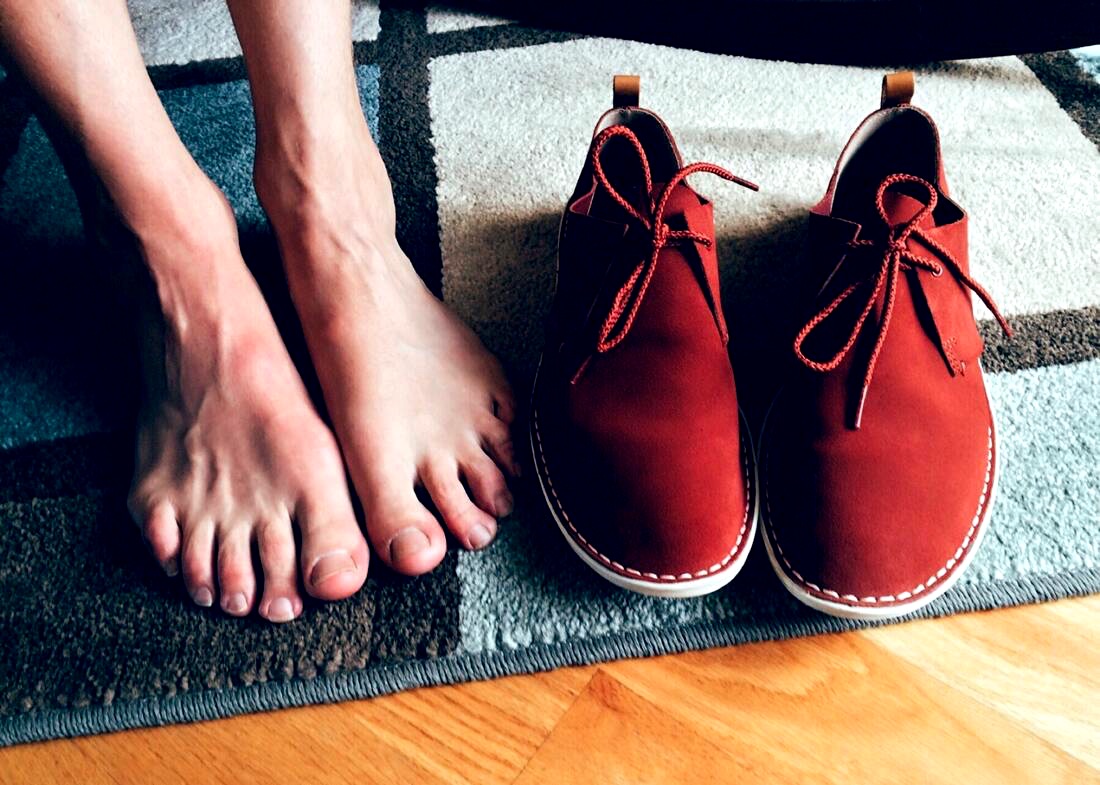
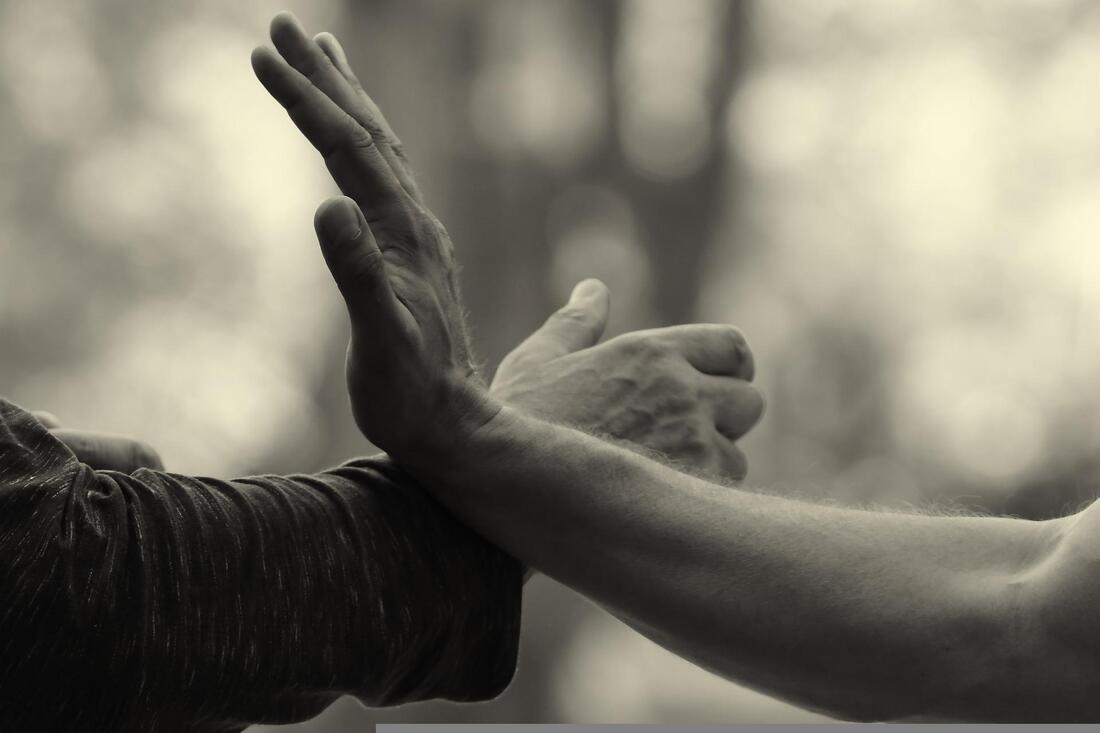
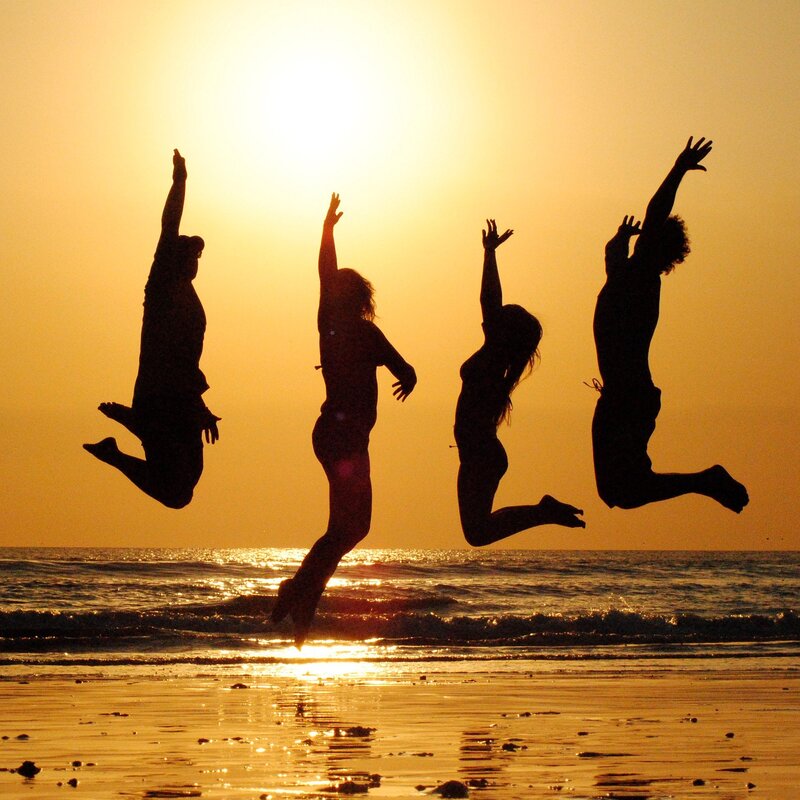
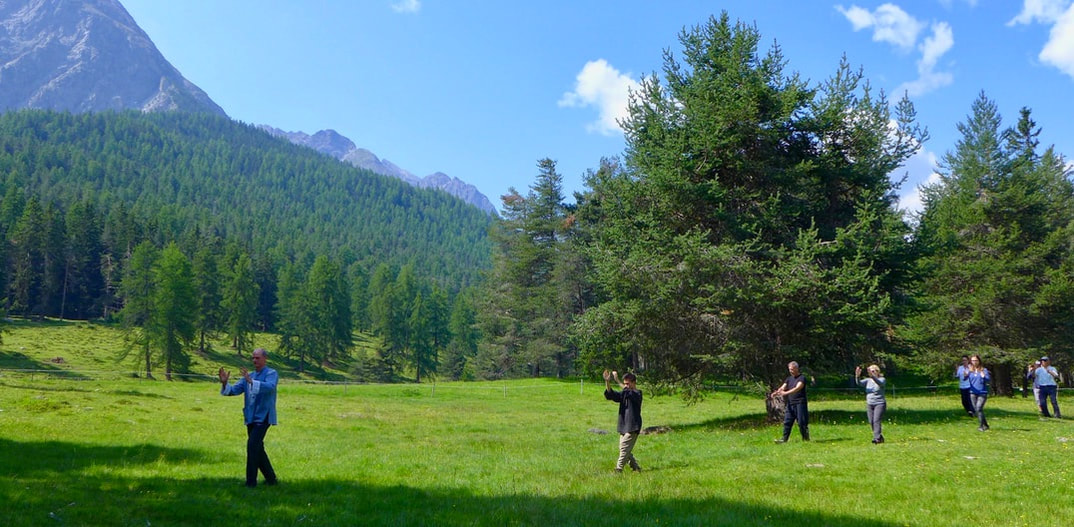
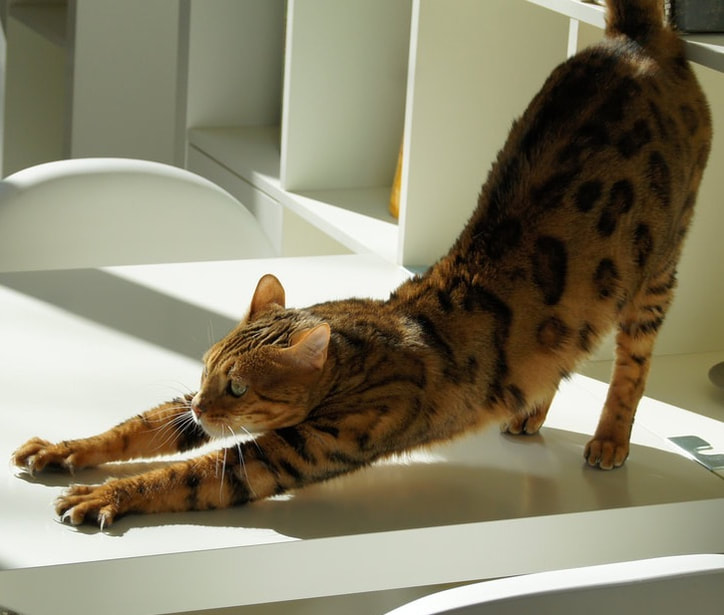
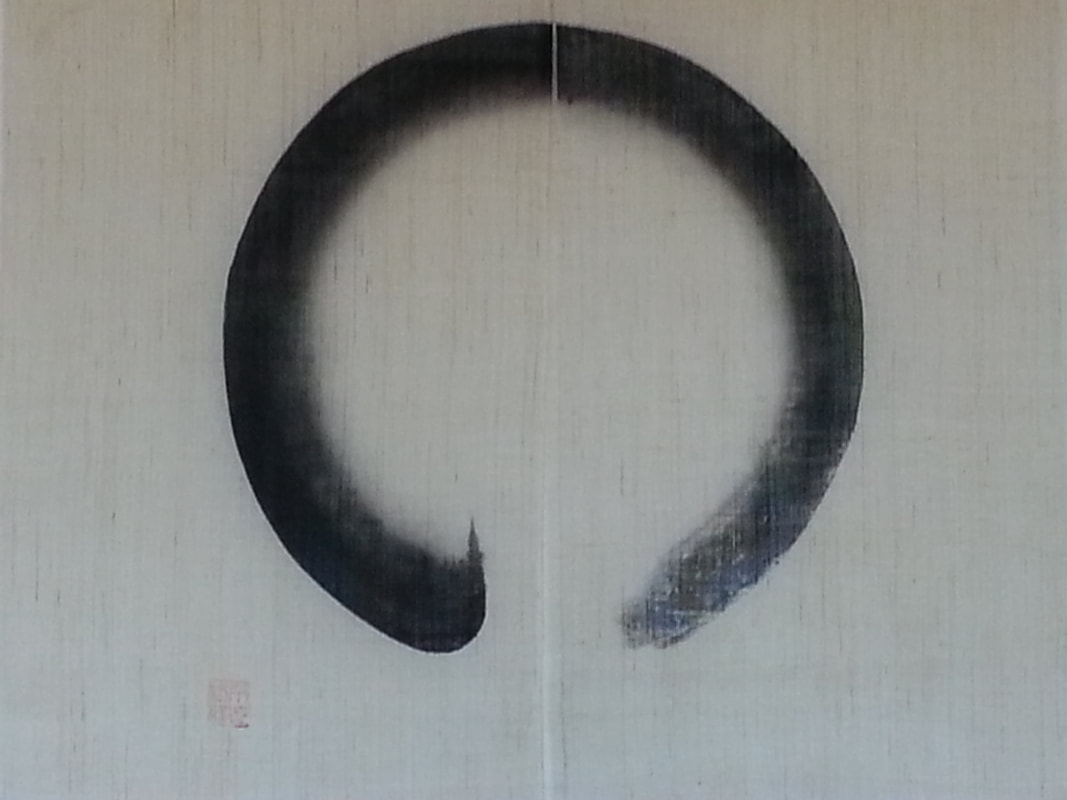
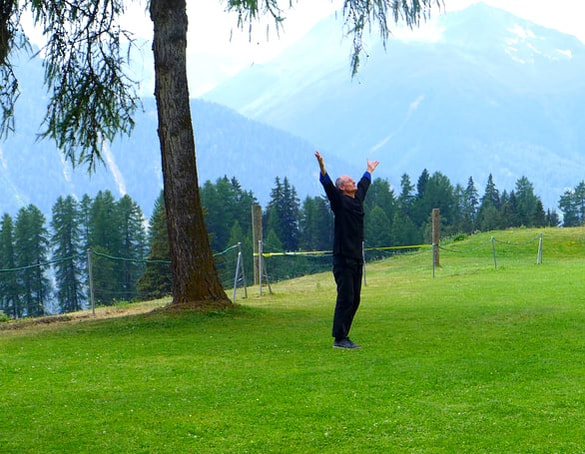
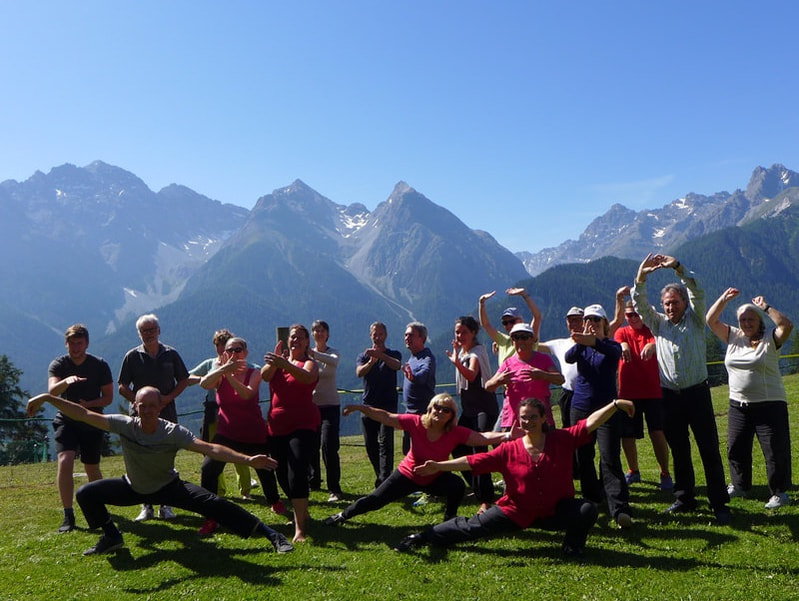
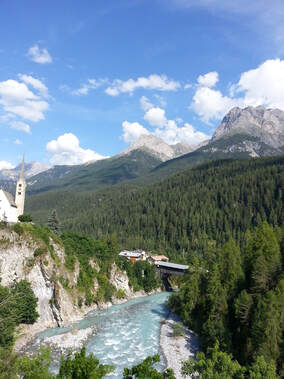
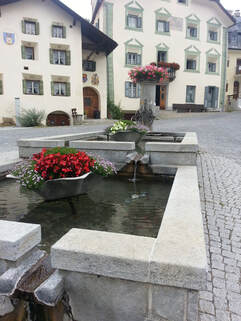
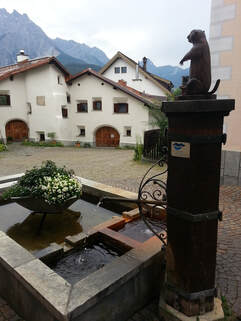
 RSS Feed
RSS Feed